This incredible 13 x 17 foot zinc model of 19th century Jerusalem created was created by Hungarian Catholic Stephan Illes in the 1870s. It was first exhibited in 1873 at the Vienna International Exhibit, then lost and forgotten until the 1980s until tracked down by an enterprising Hebrew University instructor Rehav Rubin:
Rehav Rubin, an instructor of historical geography at the Hebrew University of Jerusalem was researching ancient maps at the National Library in Jerusalem. Among the 300 maps of Jerusalem donated to the library by collector Eran Laor—rated by experts at the British Museum as one of the world’s most complete private collections of Levant and Holy Land maps—Rehav Rubin was struck by a fine black-and white illustration of the city, made around 1872 and identified only as “A Bird’s Eye View of Jerusalem by Stephan Illes.” Delving further into the archive, Rubin discovered that Illes had made a “relief plan,” or model, of the city for the Ottoman Pavilion at the Vienna International Exhibition in 1873. But of the model itself, there was no trace.
You can read the full story of its remarkable rediscovery story here. It is now on display in the lower level of the Jerusalem Citadel. Unfortunately it is hard to find and many visitors to the Citadel, right inside Jaffa Gate, miss this important attraction.
Essentially this is “Mark Twain’s” Jerusalem, capturing the Old City as it was just after 1864 when Samuel Clemens made his historic visit chronicles in Innocents Abroad. It is fascinating to see how “lonely” and isolated the Old City sat with nothing of Western Jerusalem other than the Mishkenot near the Montefiore Windmill, the Mt of Olives virtually bare, and Silwan was a tiny village with both Yemenite Jews as well as Muslims living side by side together. Notice the “City of David” area is completely bare and desolate, despite claims of modern residents to have lived there for many hundreds of years. In fact, the Jewish population of the Old City exceeded that of the Arabs and the Christians in the late 19th century–despite much of the ahistorical political talk today about restoring “Arab East Jerusalem,” referring the the Old City.
Here is a representative gallery of the model looking at the Old City from all directions. You can click on the images for a larger view. They were all taken by Lori Woodall in March 2014. Thanks Lori!

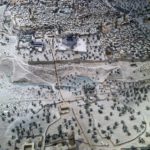
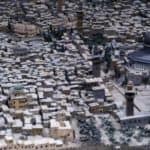
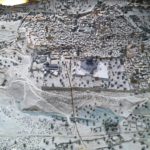
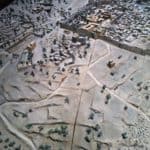
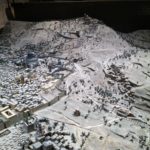

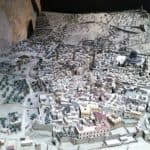
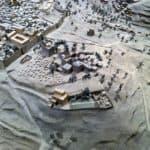
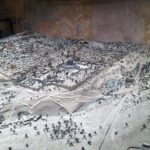
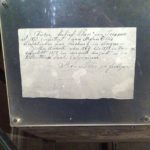

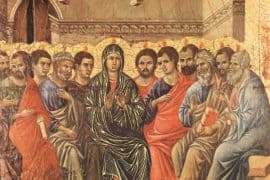
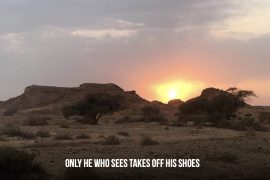

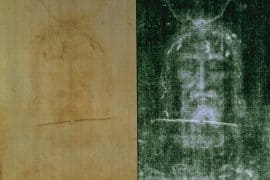

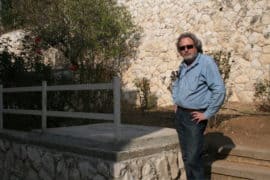
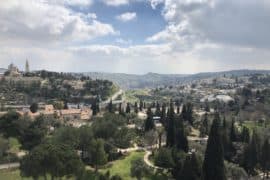
Comments are closed.